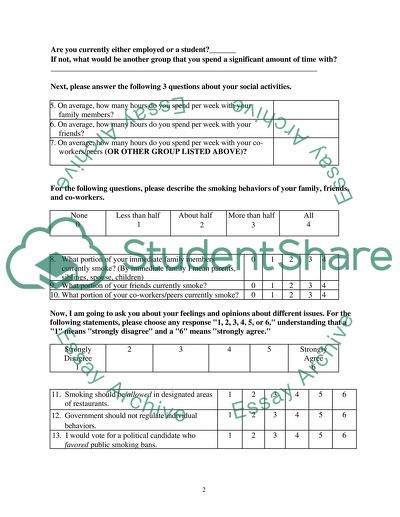Cite this document
(“Smoking Ban in the South Research Proposal Example | Topics and Well Written Essays - 3000 words”, n.d.)
Smoking Ban in the South Research Proposal Example | Topics and Well Written Essays - 3000 words. Retrieved from https://studentshare.org/sociology/1529398-smoking-ban-in-the-south
Smoking Ban in the South Research Proposal Example | Topics and Well Written Essays - 3000 words. Retrieved from https://studentshare.org/sociology/1529398-smoking-ban-in-the-south
(Smoking Ban in the South Research Proposal Example | Topics and Well Written Essays - 3000 Words)
Smoking Ban in the South Research Proposal Example | Topics and Well Written Essays - 3000 Words. https://studentshare.org/sociology/1529398-smoking-ban-in-the-south.
Smoking Ban in the South Research Proposal Example | Topics and Well Written Essays - 3000 Words. https://studentshare.org/sociology/1529398-smoking-ban-in-the-south.
“Smoking Ban in the South Research Proposal Example | Topics and Well Written Essays - 3000 Words”, n.d. https://studentshare.org/sociology/1529398-smoking-ban-in-the-south.


